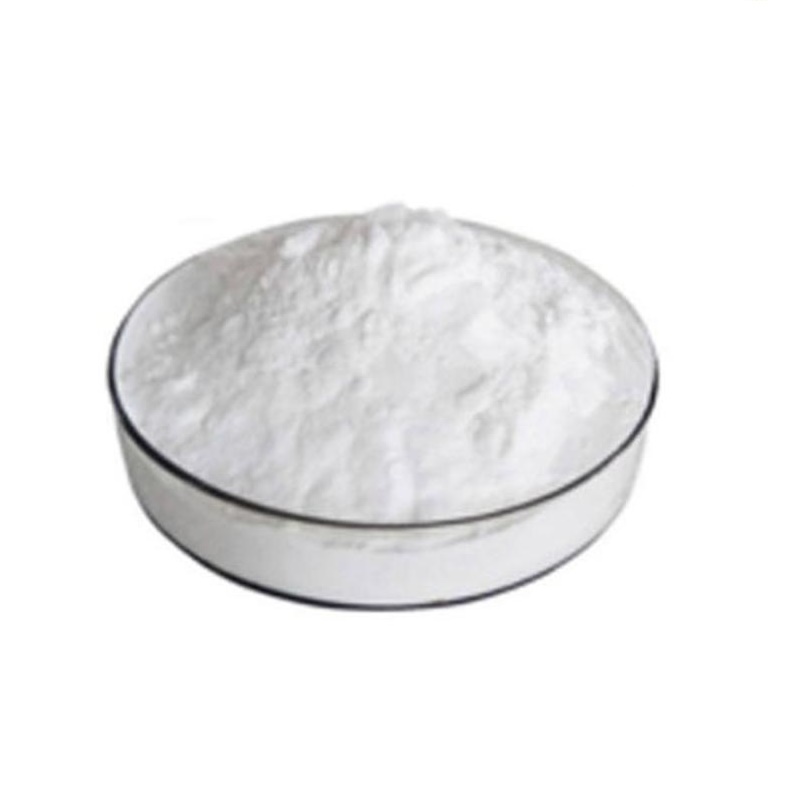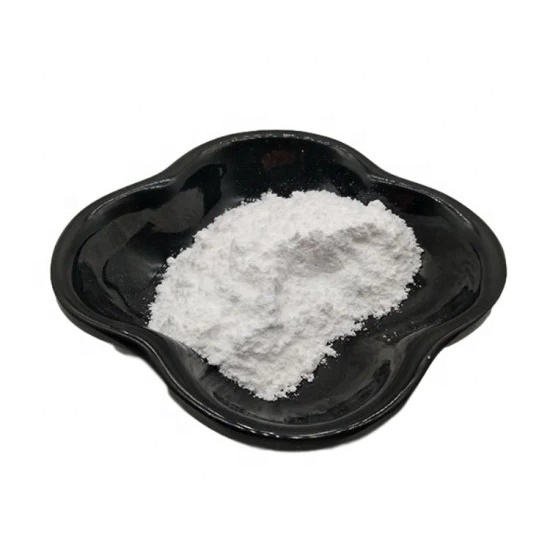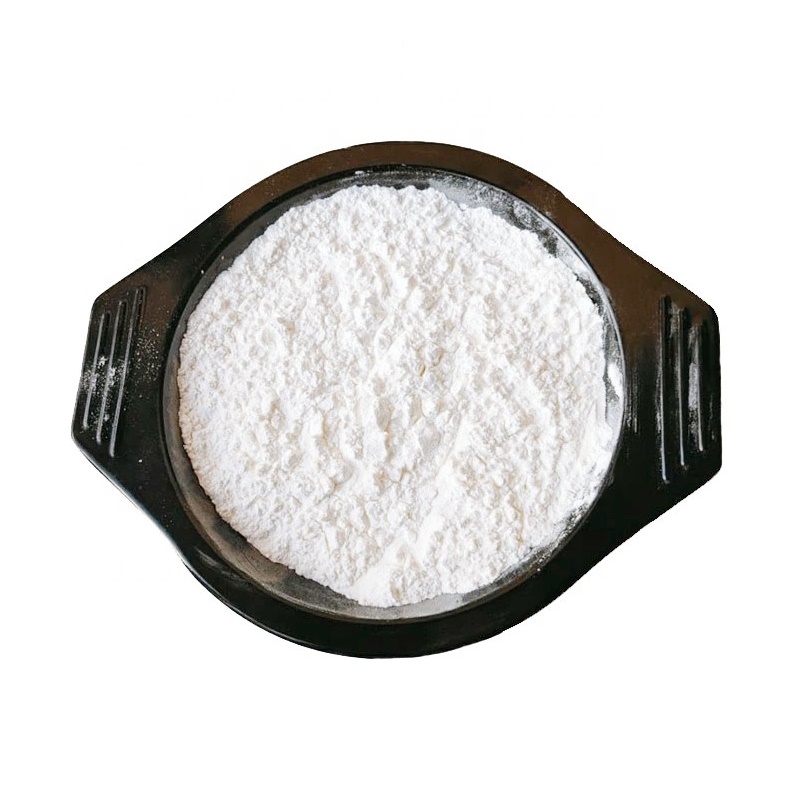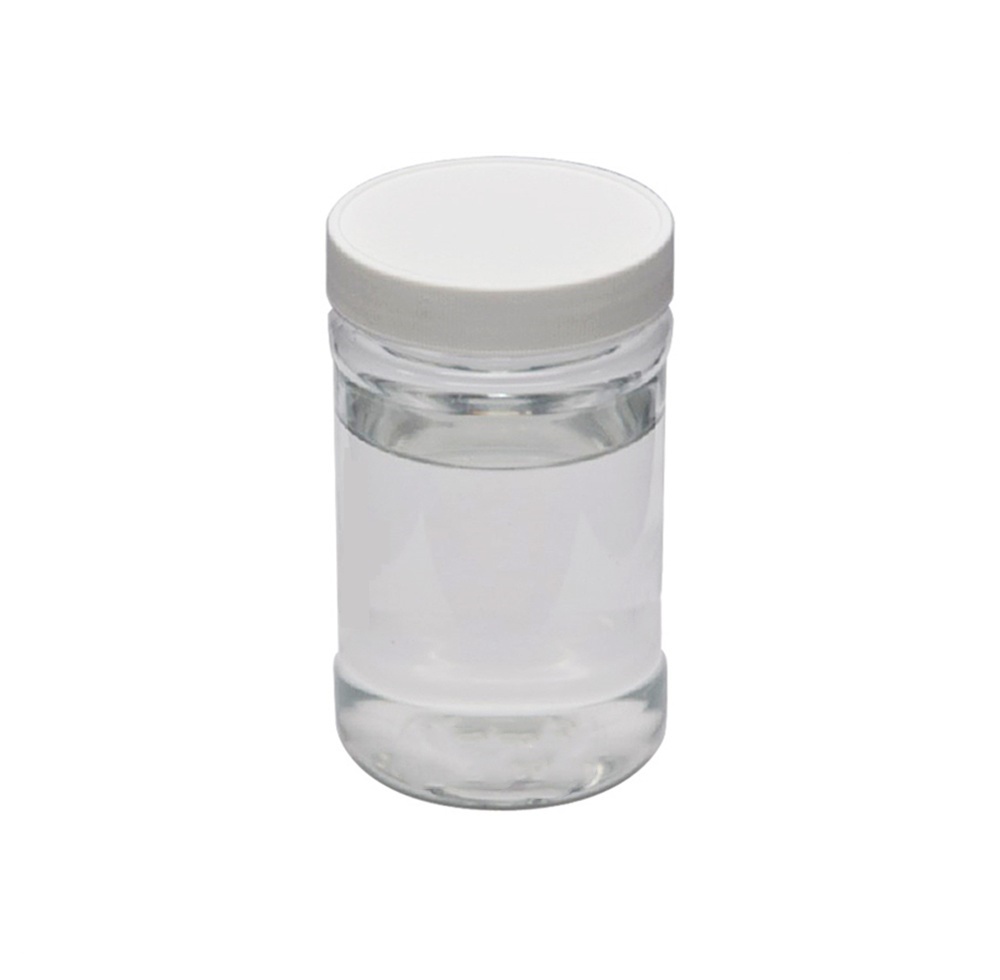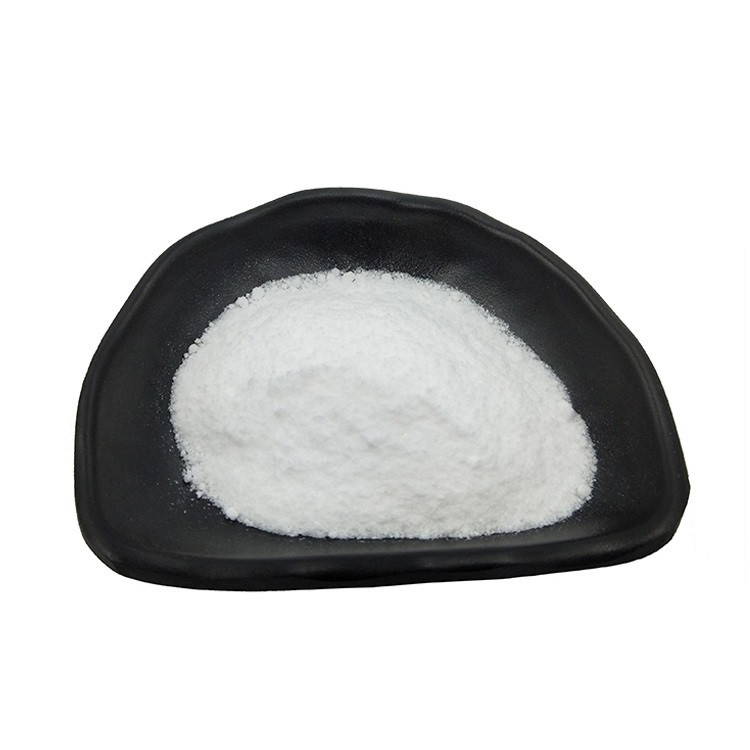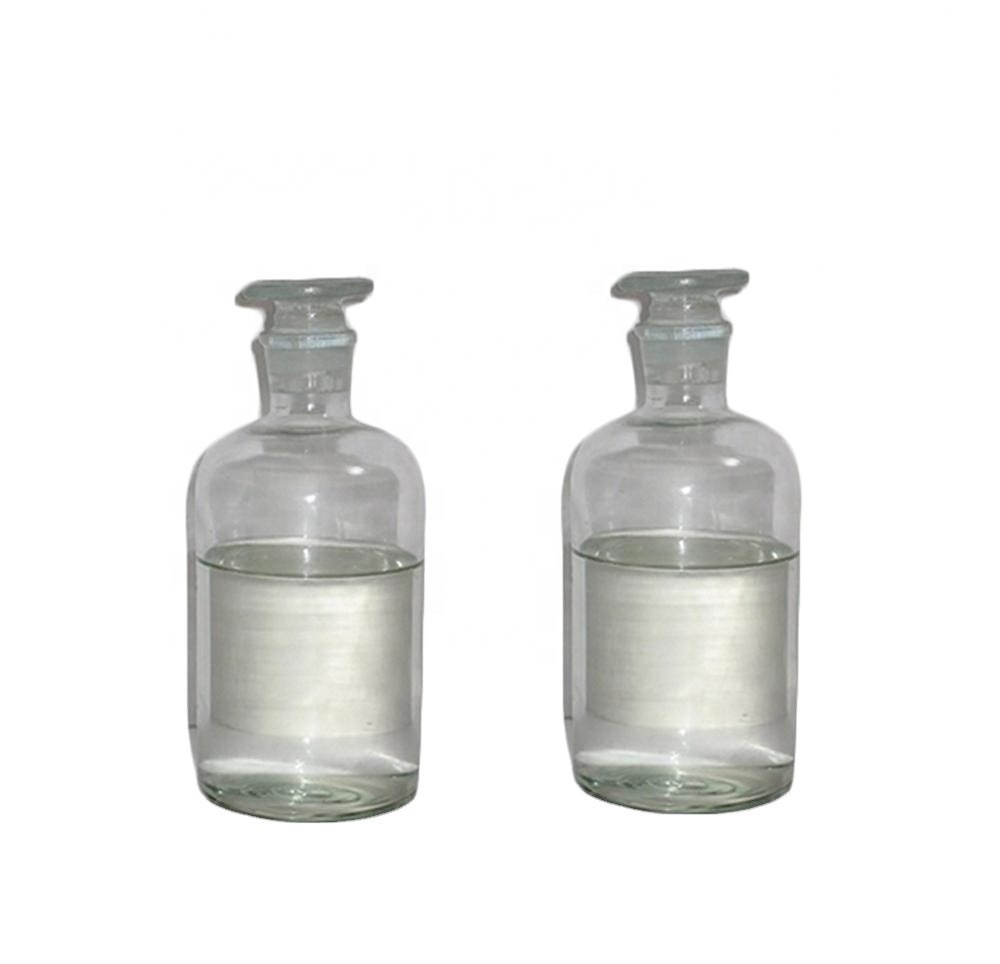

Ferrous lactate CAS 5905-52-2
——————
CAS number : 5905-52-2
molecular formula : C6H10FeO6
EINECS : 227-608-0
——————
Email : info@deshangchem.com
Mobile : +86-13153039501
TEL : +86-531-88752665
CAS number:5905-52-2
molecular formula:C6H10FeO6
molecular weight:233.99
EINECS number:227-608-0
English synonyms
iron(2)lactate[qr];iron(2+)lactate;ironlactate[qr];Lacticacid,iron(2+)salt(2:1);lacticacid,iron(2+)salt(2:1)[qr];IRON(II)-L-2-HYDROXY-PROPIONATE;IRON (II) LACTATE;FERROUS LACTATE
Related categories
Chemical raw materials; carbohydrates; chemical products-organic chemicals; food and feed additives; biochemical reagents-carbohydrates; inorganic salts (minerals); nutritional supplements (nutritional supplements; blood (hematopoietic system) drugs; food additives; Nutritional fortification substances; medicine and biochemical industry; food and feed additives; nutritional additives; minerals; nutritional enhancers; Food additives; other raw materials; raw materials; Chemicals; chemical reagents; Food additive and acidulant
Introduction
Ferrous lactate is mainly used to treat ischemic anemia. Iron is an indispensable element in the body and an important component of hemoglobin, myoglobin and various tissue enzymes. Iron deficiency can cause iron deficiency anemia or various other iron deficiency diseases. Ferrous lactate has a high absorption rate and can be used as an iron supplement. The main side effects of ferrous lactate are obvious gastrointestinal reactions. After taking it, nausea, vomiting, stomach discomfort symptoms may occur, and may cause clinical manifestations such as constipation and melena. When taking iron supplements to treat anemia, you should pay attention to diet, eat more nutritious and digestible foods, and eat more dried fruits. Patients should not smoke or drink, eat a reasonable diet, and pay attention to rest.
Merck | 13,4084 |
BRN | 6099658 |
| CAS database | 5905-52-2(CAS DataBase Reference) |
Green-white crystalline powder or crystal. Slightly offensive, slightly sweet metallic taste. This product becomes yellowish-brown containing ferric salts after being exposed to moisture or its aqueous solution is oxidized. Light can promote oxidation. Iron ions react with other food additives for easy coloring. Soluble in water, it becomes a green transparent liquid, which is acidic. Almost insoluble in ethanol.
● Nutritional supplements (iron fortifiers). The daily requirement for adults is 16mg, and for infants is 6mg (Japanese standard). When used to fortify milk powder iron, the amount added is about 6mg/100g. When used in wheat flour, biscuits, and bread, the dosage is 2-3mg/100g. Rats have a very strong absorption rate (for iron) of the fortified soybean milk of this product. Color modifier.
● Widely used in food, beverage, dairy products, salt, nutrient solution, medicine, etc.
● Ferrous lactate is a good food iron fortifier, absorbing better than inorganic iron. According to the regulations in our country, it can be used for sandwich candy, the dosage is 600-1200mg/kg (calculated as iron, the same below); it can also be used for dairy products and infant food, the dosage is 60-100mg/kg; it can also be used for cereals and their products , the dosage is 24-48mg/kg; it can also be used in beverages, the dosage is 10-20mg/kg.
● Ferrous lactate is a food and feed additive, and also a drug for treating anemia. The daily requirement for adults is 16mg, for infants it is 6mg. As an iron fortifier, the United States stipulates that the dosage in flour is 3mg/100g, the dosage in bread is 2mg/100g, and the dosage in milk powder is 6mg/100g. Iron compounds are unstable to light, and iron ions can react with antioxidants to cause coloring, so care should be taken when using them.
● It can be prepared by adding ferrous sulfate or ferric chloride solution to calcium lactate solution, and can also be reacted by adding sucrose and refined iron powder to lactic acid solution, and then crystallized to obtain ferrous lactate.
● The product can be prepared by reacting calcium lactate or sodium lactate with ferrous sulfate (the mass ratio of solvent water to ferrous sulfate is 2:1) at 45~50°C and Ph value 2.5~3.0 for 40 minutes.
● It is obtained by reacting calcium lactate or sodium lactate solution with ferrous sulfate or ferrous chloride.
Add sucrose and refined iron powder to lactic acid solution, and crystallize after direct reaction.
To prevent oxidation, after the reaction, it should be concentrated, crystallized, dried, and sealed for storage.
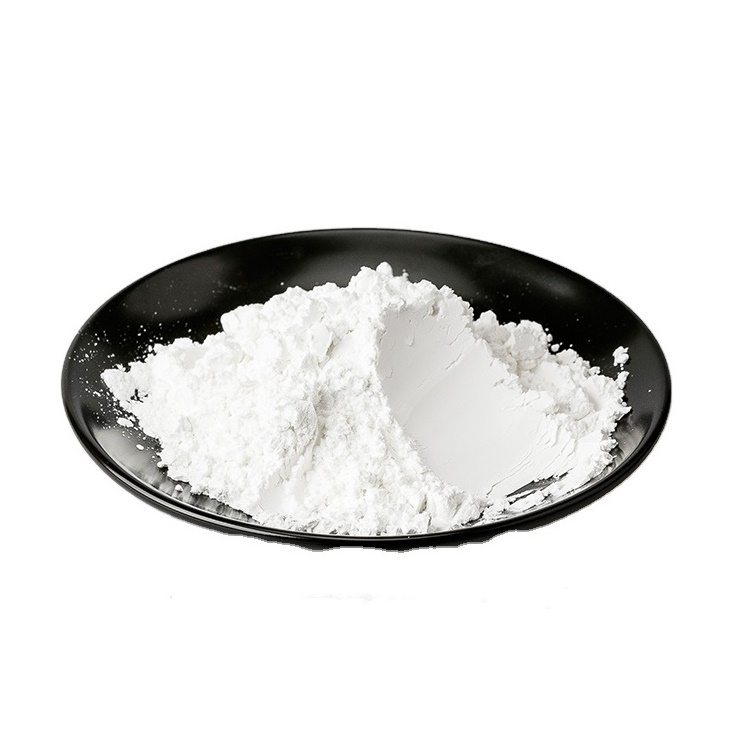
Ferrous lactate CAS 5905-52-2
CAS number:5905-52-2
molecular formula:C6H10FeO6
molecular weight:233.99
EINECS number:227-608-0
English synonyms
iron(2)lactate[qr];iron(2+)lactate;ironlactate[qr];Lacticacid,iron(2+)salt(2:1);lacticacid,iron(2+)salt(2:1)[qr];IRON(II)-L-2-HYDROXY-PROPIONATE;IRON (II) LACTATE;FERROUS LACTATE
Related categories
Chemical raw materials; carbohydrates; chemical products-organic chemicals; food and feed additives; biochemical reagents-carbohydrates; inorganic salts (minerals); nutritional supplements (nutritional supplements; blood (hematopoietic system) drugs; food additives; Nutritional fortification substances; medicine and biochemical industry; food and feed additives; nutritional additives; minerals; nutritional enhancers; Food additives; other raw materials; raw materials; Chemicals; chemical reagents; Food additive and acidulant
Introduction
Ferrous lactate is mainly used to treat ischemic anemia. Iron is an indispensable element in the body and an important component of hemoglobin, myoglobin and various tissue enzymes. Iron deficiency can cause iron deficiency anemia or various other iron deficiency diseases. Ferrous lactate has a high absorption rate and can be used as an iron supplement. The main side effects of ferrous lactate are obvious gastrointestinal reactions. After taking it, nausea, vomiting, stomach discomfort symptoms may occur, and may cause clinical manifestations such as constipation and melena. When taking iron supplements to treat anemia, you should pay attention to diet, eat more nutritious and digestible foods, and eat more dried fruits. Patients should not smoke or drink, eat a reasonable diet, and pay attention to rest.
Merck | 13,4084 |
BRN | 6099658 |
| CAS database | 5905-52-2(CAS DataBase Reference) |
Green-white crystalline powder or crystal. Slightly offensive, slightly sweet metallic taste. This product becomes yellowish-brown containing ferric salts after being exposed to moisture or its aqueous solution is oxidized. Light can promote oxidation. Iron ions react with other food additives for easy coloring. Soluble in water, it becomes a green transparent liquid, which is acidic. Almost insoluble in ethanol.
● Nutritional supplements (iron fortifiers). The daily requirement for adults is 16mg, and for infants is 6mg (Japanese standard). When used to fortify milk powder iron, the amount added is about 6mg/100g. When used in wheat flour, biscuits, and bread, the dosage is 2-3mg/100g. Rats have a very strong absorption rate (for iron) of the fortified soybean milk of this product. Color modifier.
● Widely used in food, beverage, dairy products, salt, nutrient solution, medicine, etc.
● Ferrous lactate is a good food iron fortifier, absorbing better than inorganic iron. According to the regulations in our country, it can be used for sandwich candy, the dosage is 600-1200mg/kg (calculated as iron, the same below); it can also be used for dairy products and infant food, the dosage is 60-100mg/kg; it can also be used for cereals and their products , the dosage is 24-48mg/kg; it can also be used in beverages, the dosage is 10-20mg/kg.
● Ferrous lactate is a food and feed additive, and also a drug for treating anemia. The daily requirement for adults is 16mg, for infants it is 6mg. As an iron fortifier, the United States stipulates that the dosage in flour is 3mg/100g, the dosage in bread is 2mg/100g, and the dosage in milk powder is 6mg/100g. Iron compounds are unstable to light, and iron ions can react with antioxidants to cause coloring, so care should be taken when using them.
● It can be prepared by adding ferrous sulfate or ferric chloride solution to calcium lactate solution, and can also be reacted by adding sucrose and refined iron powder to lactic acid solution, and then crystallized to obtain ferrous lactate.
● The product can be prepared by reacting calcium lactate or sodium lactate with ferrous sulfate (the mass ratio of solvent water to ferrous sulfate is 2:1) at 45~50°C and Ph value 2.5~3.0 for 40 minutes.
● It is obtained by reacting calcium lactate or sodium lactate solution with ferrous sulfate or ferrous chloride.
Add sucrose and refined iron powder to lactic acid solution, and crystallize after direct reaction.
To prevent oxidation, after the reaction, it should be concentrated, crystallized, dried, and sealed for storage.
Team Presentation

